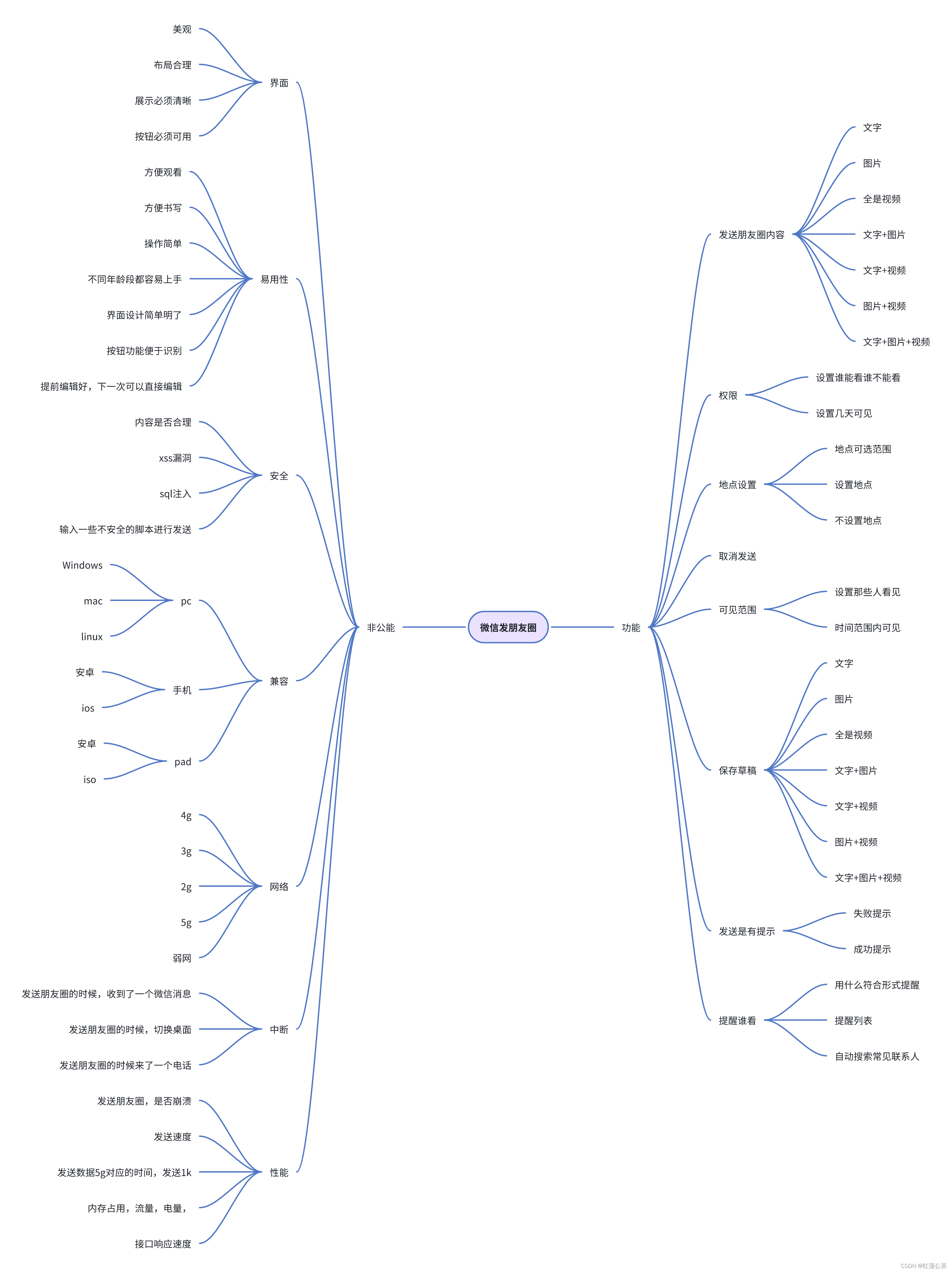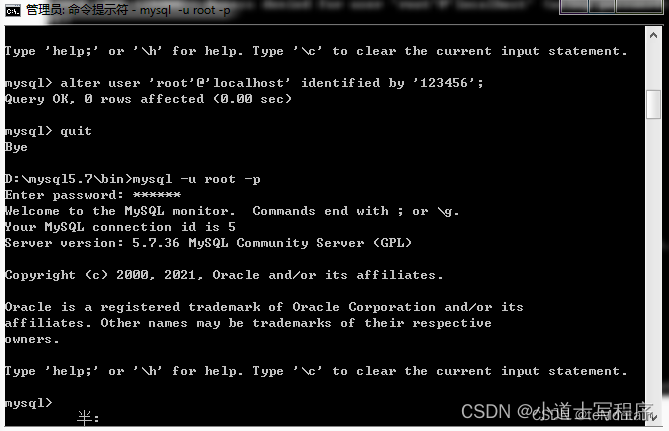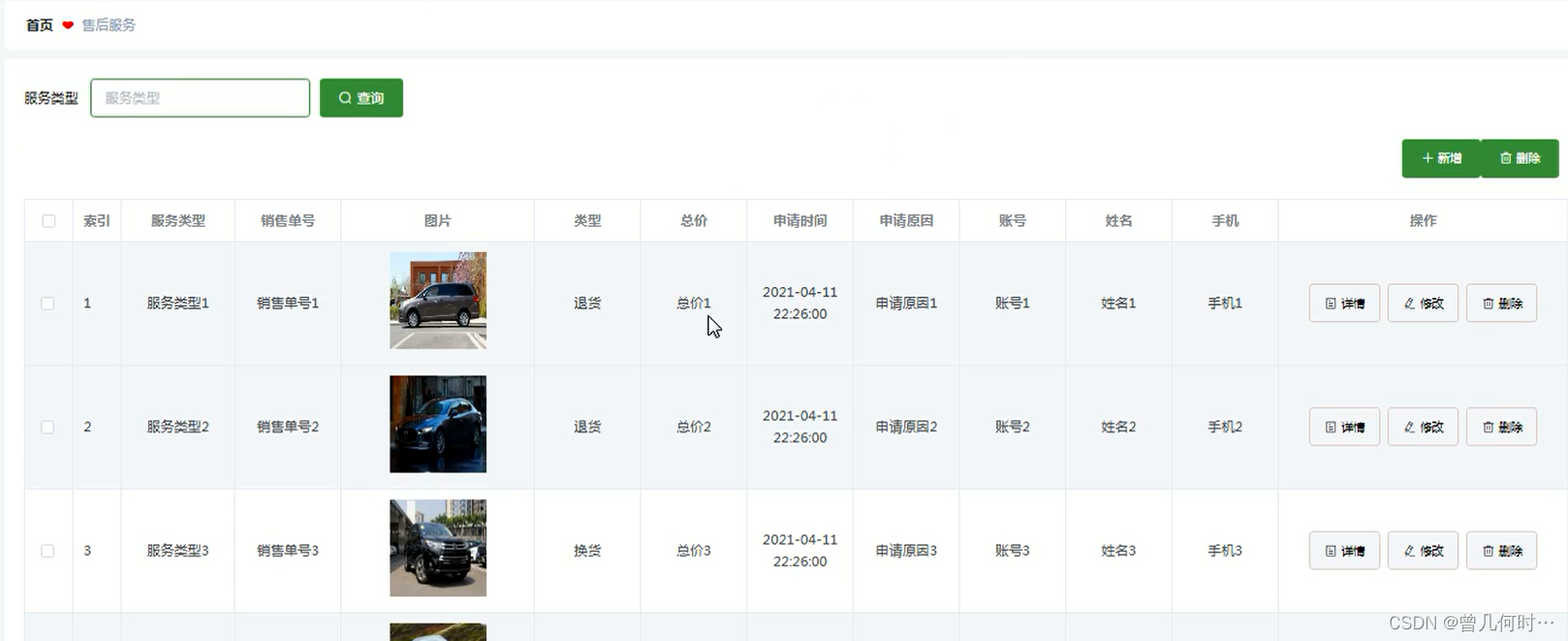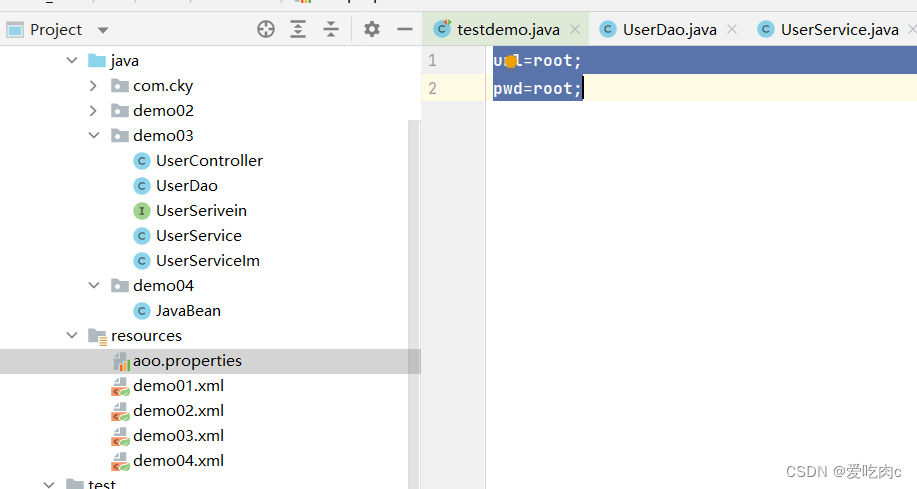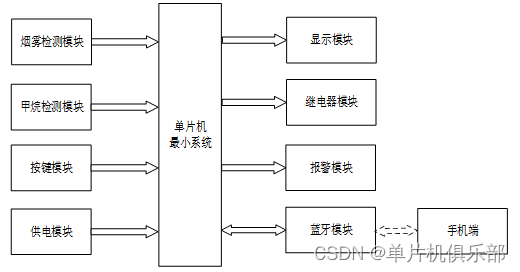
直接给出代码
#include<iostream>
#include<string>
#include "Student.h"
#include "sorttesthelper.h"
#include "BubbleSort.h"
using namespace std;
template<typename T>
void shellSort(T arr[], int n){
// 计算 increment sequence: 1, 4, 13, 40, 121, 364, 1093...
int h = 1;
while( h < n/3 )
h = 3 * h + 1;
while( h >= 1 ){
// h-sort the array
for( int i = h ; i < n ; i ++ ){
// 对 arr[i], arr[i-h], arr[i-2*h], arr[i-3*h]... 使用插入排序
T e = arr[i];
int j;
for( j = i ; j >= h && e < arr[j-h] ; j -= h )
arr[j] = arr[j-h];
arr[j] = e;
}
h /= 3;
}
}
template<typename T >
void selectionSort( T arr[], int n){
for(int i = 0 ; i < n ; i++){
//寻找【i,n之间的最小值】
int minIndex = i;
for( int j = i + 1 ; j < n ; j++)
if(arr[j] < arr[minIndex] )
minIndex = j;
swap( arr[i] , arr[minIndex]);
}
}
//对插入排序来说,直接从第二个元素开始
template<typename T >
void InsertSort( T arr[], int n){
for(int i = 1 ; i < n ; i++){
T e = arr[i];
// j 需要保存元素e应该插入的位置
int j;
//寻找【i应该插入的位置】,但是注意我们是从后面往前找所以j 要从后往前
// for( int j = i ; j > 0 ; j --)
// if(arr[j] < arr[j - 1] )
// swap(arr[j], arr[j-1]);
// else
// break;
//插入排序的优点是 可以提前 终止循环 所以对于几乎有序的序列 插入排序的性能非常强
for( j = i ; j > 0 && arr[j-1] > arr[e]; j --)
arr[j] = arr[j-1];
arr[j] = arr[e];
}
}
int main()
{
int a[5] = {5,62,3,58,44};
selectionSort( a, 5 );
for( int i = 0 ; i < 5 ; i++)
cout<<a[i]<< " ";
cout<<endl;
float b[4] = {4.4,2.3,5.63};
selectionSort( b , 3);
for( int i = 0 ; i < 3 ; i++)
cout<<b[i]<< " ";
cout<<endl;
string c[2] = {"z","b"};
selectionSort( c , 2);
for( int i = 0 ; i < 2 ; i++)
cout<<c[i]<< " ";
cout<<endl;
Student d[3] = {{"D",90} , {"C",89} , { "B", 114}};
selectionSort( d , 3);
for( int i = 0 ; i < 3 ; i++)
cout<<d[i];
cout<<endl;
int n = 100000;
int *arr1 = SortTestHelper :: generateRandomArr(n, 0, n) ;
int *arr2 = SortTestHelper :: copyIntArray(arr1, n);
int *arr3 = SortTestHelper :: generateNearlyorderedArr(n, 100);
int *arr4 = SortTestHelper::copyIntArray(arr1, n);
int *arr5 = SortTestHelper::copyIntArray(arr1, n);
// InsertSort(arr2, n);
// SortTestHelper :: printarr(arr2, n);
// selectionSort( arr, n );
// SortTestHelper :: printarr(arr, n);
// SortTestHelper::test_sort("selection Sort", selectionSort, arr,n);
SortTestHelper::test_sort("Insertion Sort", InsertSort, arr2,n);
SortTestHelper::test_sort("Insertion Sort a nearly ordered arr", InsertSort, arr3,n);
SortTestHelper::test_sort("Bubble Sort", bubbleSort, arr4, n);
SortTestHelper::test_sort("Shell Sort", shellSort, arr5, n);
delete[] arr1;
delete[] arr2;
delete[] arr3;
delete[] arr4;
delete[] arr5;
return 0;
}
下面是单独的冒泡排序
https://github.com/liuyubobobo/Play-with-Algorithms/blob/master/02-Sorting-Basic/Course%20Code%20(C%2B%2B)/Optional-03-Shell-Sort/main.cpp
给出大佬的链接
//
// Created by liuyubobobo on 7/15/16.
//
#ifndef OPTIONAL_02_SHELL_SORT_BUBBLESORT_H
#define OPTIONAL_02_SHELL_SORT_BUBBLESORT_H
#include <iostream>
#include <algorithm>
using namespace std;
template<typename T>
void bubbleSort( T arr[] , int n){
int newn; // 使用newn进行优化
do{
newn = 0;
for( int i = 1 ; i < n ; i ++ )
if( arr[i-1] > arr[i] ){
swap( arr[i-1] , arr[i] );
// 记录最后一次的交换位置,在此之后的元素在下一轮扫描中均不考虑
newn = i;
}
n = newn;
}while(newn > 0);
}
#endif //OPTIONAL_02_SHELL_SORT_BUBBLESORT_H








